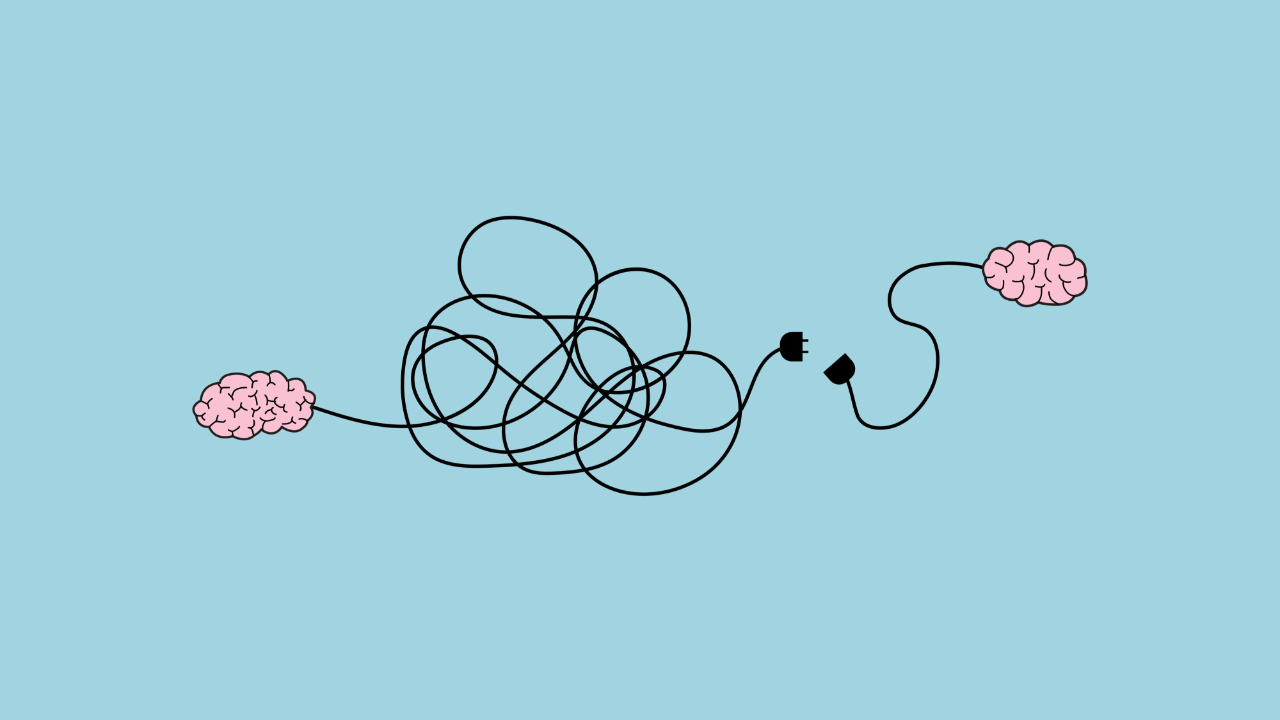Three Ways Leaders Use Feedback to Create Developmental Experiences for Others

Feedback is one of the most important tools in a leader’s developmental toolbox. Yet despite how often we talk about feedback, many leaders still struggle to use it well. Too often, feedback is rare, focused only on evaluation, or tries to fulfill too many purposes at once. When leaders try to combine assessment, development, and encouragement into a single moment, the message gets muddled — and the feedback loses its impact.
Leaders at every level have a responsibility not only to give feedback, but to intentionally create developmental experiences for their people. These experiences build performance, motivation, growth, engagement, and even retention. Feedback, when done well, fuels each of those outcomes.
Let’s look at how leaders can use feedback to strengthen developmental experiences for their people — and how to make each interaction more meaningful and effective.
What Makes an Experience “Developmental”?
In An Everyone Culture, Robert Kegan and Lisa Lahey describe what they call “deliberately developmental organizations” (DDOs). They write:
“Imagine so valuing the importance of developing people’s capabilities that you design a culture that immersively sweeps every member of the organization into an ongoing developmental journey in the course of working every day.”
A DDO is an organization that helps everyone, not just a few, grow as part of their daily work. And that growth happens through developmental experiences.
According to the Center for Creative Leadership’s Handbook of Leadership Development, every powerful developmental experience includes three essential elements:
- Assessment is knowing where you stand―your performance, strengths, and areas for growth.
- Challenge includes facing tasks or expectations that push you outside your comfort zone and require new skills or ways of thinking.
- Support means having a sense of belonging, safety, and encouragement that helps you handle the discomfort of growth.
Each element matters. Assessment alone doesn’t help someone feel supported or inspired to improve. Challenge without support leads to burnout. And too much support without assessment or challenge causes underperformance and complacency.
Great leaders use all three elements and learn to balance them according to the person and situation.
The Three Types of Feedback
We know feedback is essential for development. So, what is the role of feedback in these different types of developmental experiences?
Feedback, when used deliberately, activates each of those elements. In Thanks for the Feedback, Douglas Stone and Sheila Heen describe three distinct types of feedback:
- Evaluation is feedback that tells someone where they stand. (“Here’s how you’re performing.”)
- Coaching type helps someone learn, grow, or change. (“Here’s how you can get better.”)
- Appreciation is positive feedback, recognizing effort and contribution. (“Here’s why you matter.”)
Overlaying the forms feedback onto developmental experiences shows how each type of feedback directly connects to each of the three elements of developmental experiences:
Evaluation → Assessment
Coaching → Challenge
Appreciation → Support
Used together and in balance, these three forms of feedback build a complete developmental environment. Used poorly or inconsistently, they can create confusion, insecurity, or disengagement.
Keep Feedback Focused and Don’t Mix Them Together
One of the biggest mistakes leaders make is combining all three types of feedback in a single conversation. A one-on-one that includes evaluation, coaching, and appreciation may seem efficient, but it’s usually ineffective. When messages compete, people struggle to know what to focus on and how to improve.
Imagine giving a team member their performance rating and then trying to have a developmental coaching conversation immediately after. The person is still processing the assessment—feeling proud, disappointed, or defensive—and likely can’t fully absorb the coaching. Similarly, enveloping criticism in praise (“You’re doing great, but…”), often called the feedback sandwich, dilutes both messages.
The fix is simple: separate your feedback types. Give each type its own space and purpose:
- Use evaluation sessions to clarify standards and expectations.
- Schedule coaching conversations for growth and problem-solving.
- Offer appreciation freely and regularly — a text, an email, or a quick thank-you in a meeting.
This approach keeps feedback clear, actionable, and emotionally balanced.
Putting It into Practice
Here are three practical takeaways to help leaders make this framework work:
1. Balance All Three Feedback Types
Sustained growth comes from the balance of evaluation, coaching, and appreciation—just like developmental experiences rely on assessment, challenge, and support.
As you lead, ask yourself:
- Am I giving enough appreciation to reinforce belonging and motivation?
- Am I offering coaching to stretch and challenge my people?
- Am I clear and consistent with evaluation so expectations are known?
Intentional variety in feedback leads to stronger, more self-aware teams.
3. Redefine Coaching
Coaching is not about pointing out where someone falls short — it’s about helping them meet the mark. It’s walking alongside them, not judging from above. Coaching feedback joins someone on their journey toward better performance and self-efficacy.
In practice, that might mean asking:
- “What’s one skill you want to focus on and grow right now?”
- “What part of this project is currently challenging you the most?”
- “What support do you need to take the next step?”
These kinds of questions transform coaching from critique into partnership.
3. Find the Right Ratio
Every person on your team needs a different mix of feedback. Some thrive on frequent challenge, while others need more encouragement. Leaders must discern what balance works best for each individual.
That said, research from John Gottman shows that a healthy ratio of about 1 critical feedback (evaluation or coaching) to 5 appreciative comments sustains a positive relationship, motivation, and trust. Simple gestures—consider things like a quick thank-you, a handwritten note, or public recognition—all count toward that balance.
The Bigger Picture
Over time, a leader’s use of feedback shapes their team’s culture. Teams that regularly experience clear evaluation, real coaching, and genuine appreciation grow stronger, more confident, and more committed. They begin to look like the “deliberately developmental organizations” Kegan and Lahey describe: workplaces where learning and performance go hand in hand.
We cannot create those cultures overnight, but we can start today by being intentional about feedback.
As you look to integrate this insight into your work this week, ask yourself:
- Which type of feedback do I give most naturally and often?
- Which type do I tend to neglect?
- How can I better separate, balance, and sequence my feedback conversations?
By using all three types of feedback—evaluation, coaching, and appreciation—leaders engage the three elements of developmental experiences: assessment, challenge, and support.
That’s how feedback stops being an occasional or murky performance improvement tool and becomes what it’s meant to be, which is a daily habit that grows people, strengthens teams, and sustains a developmental culture.





